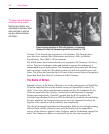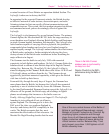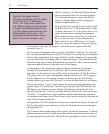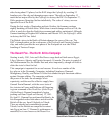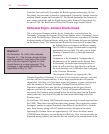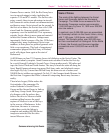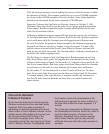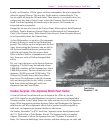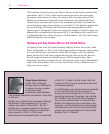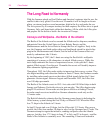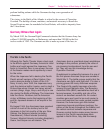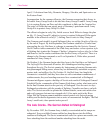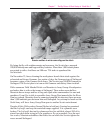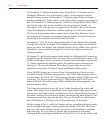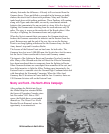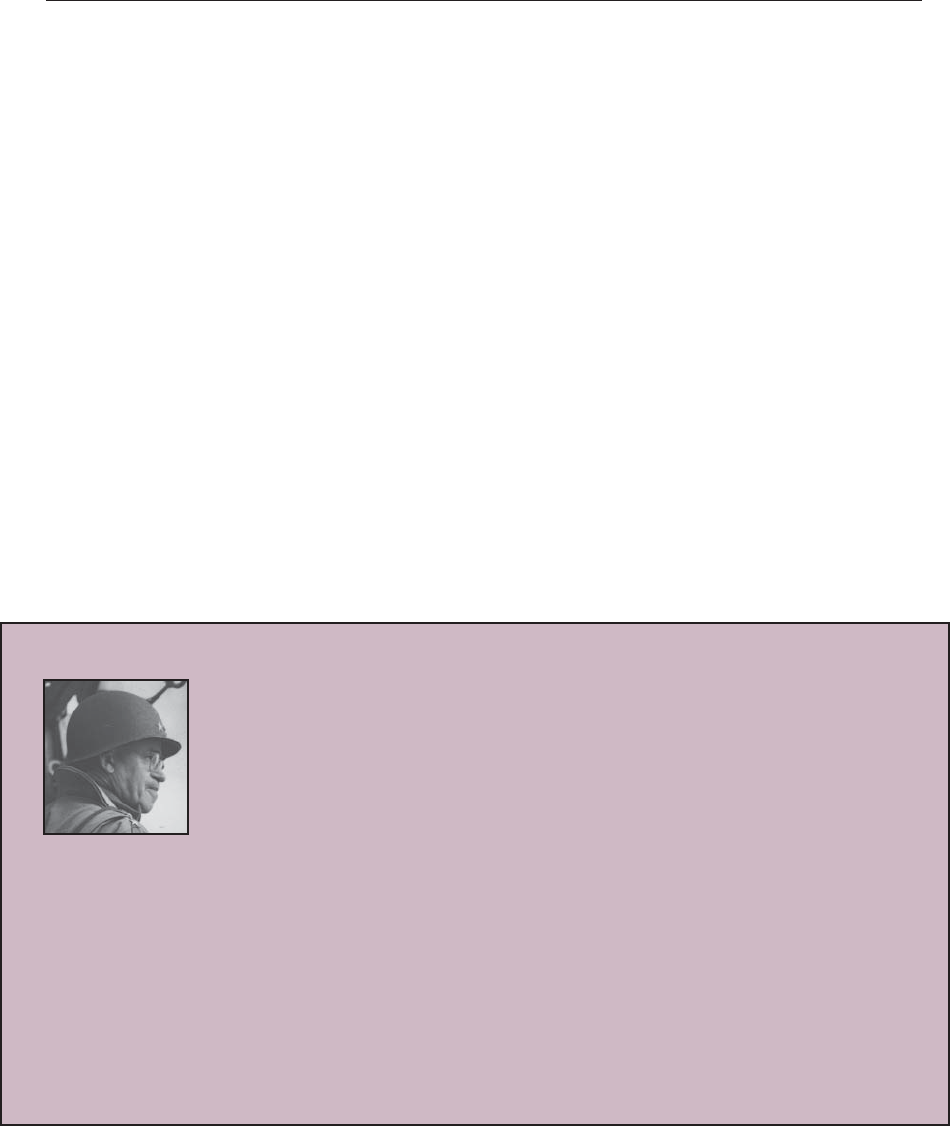
134
Close Combat
188 American aircraft are destroyed. But not all goes as the Japanese planned. By
coincidence, the U.S. Navy’s three aircraft carriers are not in port and escape
destruction. And contrary to orders, the massive fuel oil storage tanks at Pearl
Harbor are not destroyed. Admiral Isoroku Yamamoto, who planned the Pearl
Harbor attack, estimates that it will set the Americans back only six months; he
states that Japan cannot win an all-out war with the U.S. The Japanese gamble that
the war in Europe will distract the Americans from focusing their war effort
against Japan. Consequently, Japan can conquer the territory it needs to supply raw
materials for war production, then present the U.S. and Britain with a ring of steel
so formidable that they will sue for peace. On December 8, 1941 the United States
and Britain declare war on Japan.
Germany and Italy Declare War on the United States
In support of their Axis ally Japan, Germany and Italy declare war on the United
States on December 11. This is one of the biggest mistakes Germany makes during
the war. Until this time, the outcome of the war in Europe is still very much in
doubt. Roosevelt’s Lend-Lease program has kept the Allies in the war, but now
the full weight of America’s industrial power will be brought to bear. More
importantly, the American armed forces will add fresh troops to the battle-thinned
ranks of the Allied armies. However, the United States faces a dilemma
how to
fight a war on two fronts.
of the U.S. II Corps in North Africa. After the
invasion of Sicily he was promoted to the rank
of lieutenant general.
In 1944 Bradley was named senior commander
of U.S. ground troops for the invasion of
Europe. He commanded the U.S. First Army
during the Normandy Campaign, then led the
U.S. Twelfth Army Group for the remainder of
the war. His coolness even in crises like the
Battle of the Bulge won the confidence of his
superiors, and his willingness to share danger
and discomfort with his men earned him their
respect; war correspondent Ernie Pyle called
Bradley “the G.I. General.”
Omar Nelson Bradley
(1893-1981). Although
Bradley was not flamboyant
or showy, he was a master
of infantry tactics;
Eisenhower called Bradley
“the greatest battle-line commander I have met
in this war.”
Bradley was a West Point classmate of Dwight
Eisenhower; both graduated in 1915, and
neither saw action in World War I. By 1941
Bradley was a brigadier general in charge of
the U.S. Army Infantry School, and became a
major general in 1942. In 1943 under
Eisenhower he succeeded Patton in command



